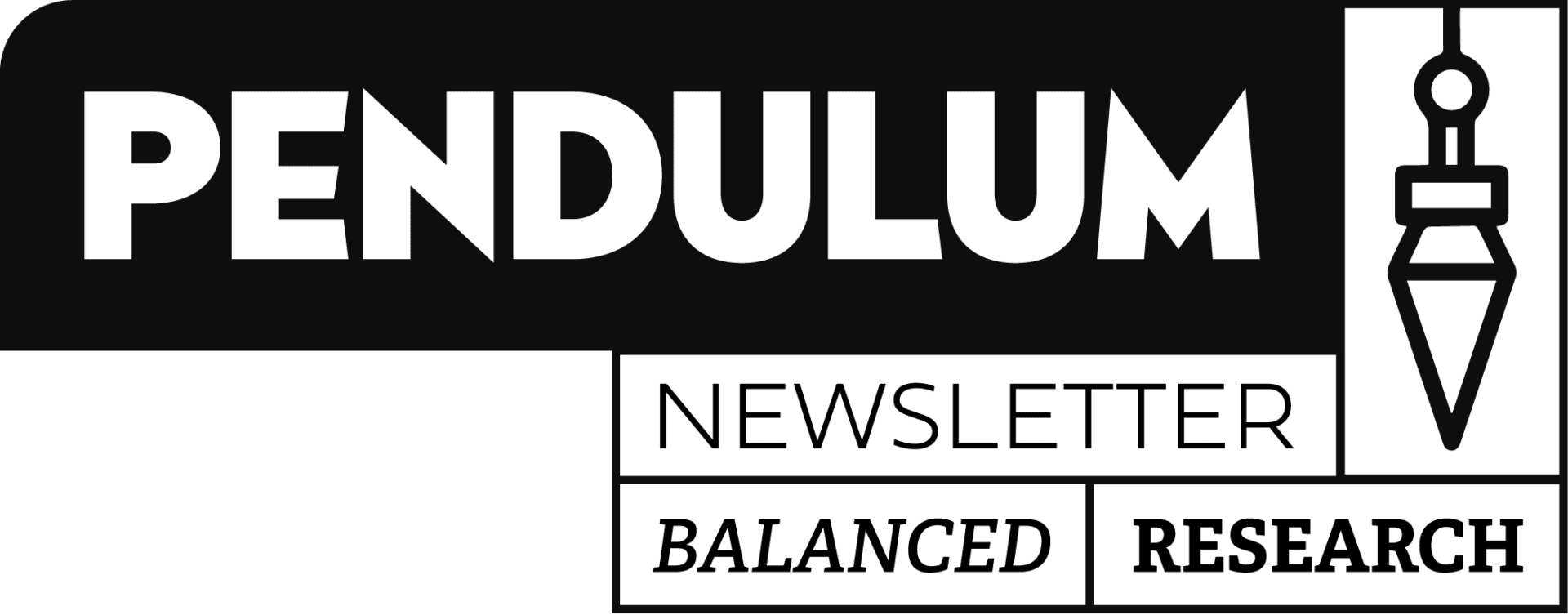
The biggest problem with sunscreen is the outdated and mis-managed regulation. The FDA hasn’t significantly updated its sunscreen regulations since 1999, a time when many chemical properties in sunscreen were not yet fully understood. Meanwhile, newer, safer UV-blocking ingredients have become standard in many other countries but remain unavailable in the U.S.
In 2019, the FDA proposed stricter regulations. Only two ingredients—zinc oxide and titanium dioxide—were recognized as generally safe, while all others were listed as needing more data. The proposal stalled due to the lengthy and animal-intensive testing required to remove existing products. Today, the FDA states that “the safety of sunscreens has not been established.”
According to CNN:
“Testing released in 2019 by the U.S. Food and Drug Administration found seven chemical ingredients — avobenzone, oxybenzone, octocrylene, ecamsule, homosalate, octisalate, and octinoxate — were absorbed into the bloodstream after a single day of use.”
“The concentration of these chemicals increased daily and stayed above safety thresholds for over a week. Homosalate and oxybenzone remained elevated even after 21 days.”
Several major sunscreen brands have also been recalled in recent years due to contamination with benzene—a known carcinogen for which no safe exposure level exists. Brands like Banana Boat and Neutrogena faced recalls between 2021 and 2023. Benzene, often found in aerosol cans, is even more dangerous when inhaled. The New York Post reported that:
“Short-term exposure to benzene can cause dizziness, drowsiness, and unconsciousness. Long-term exposure may lead to bone marrow damage, anemia, and increased risk of cancer, particularly leukemia.”
SPF boosters—additional chemicals used to inflate SPF ratings—are another concern. Products labeled above SPF 50 offer only marginal additional protection, yet manufacturers often add more untested chemicals to support those claims.
Marketing is also behind the inclusion of extra ingredients like fragrance and Vitamin A. Fragrance chemicals aren’t required to be disclosed, and Vitamin A (commonly retinyl palmitate) has been shown to increase the risk of skin damage and skin cancer when exposed to sunlight.
Due to bans in key beach destinations, sunscreen manufacturers have started changing formulas. In 2016, oxybenzone was found in 70% of non-mineral sunscreens. Today, it’s down to 9%. Similarly, retinyl palmitate is now in only 2% of SPF products, a major decline from 41% in 2010.
What To Do?
Stick to mineral sunscreens. Though they can feel heavier, they are far safer. In response to rising demand, many brands are improving texture and application. Look for products that are mineral-based, fragrance-free, and from companies committed to transparency. Some mineral sunscreens still have boosters and chemicals added for texture and scent, so you still have to read the fine print.
If you’re traveling abroad this summer, consider buying sunscreen locally. Europe and Asia have adopted newer, safer sunscreen technologies.
Best For Face: Last year, we covered the rise of Korean sunscreens during the K-beauty trend. Vogue’s pick for best Korean sunscreen is lightweight, clean, and moisturizes.
Best Sports: La Roche-Posay makes the best formulas using the new ingredients that aren’t approved in the US yet. Here is their sports sunscreen.
Best US Brands: Like ColorScience, SuperGoop, and Project Reef all offer lightweight mineral sunscreens.


